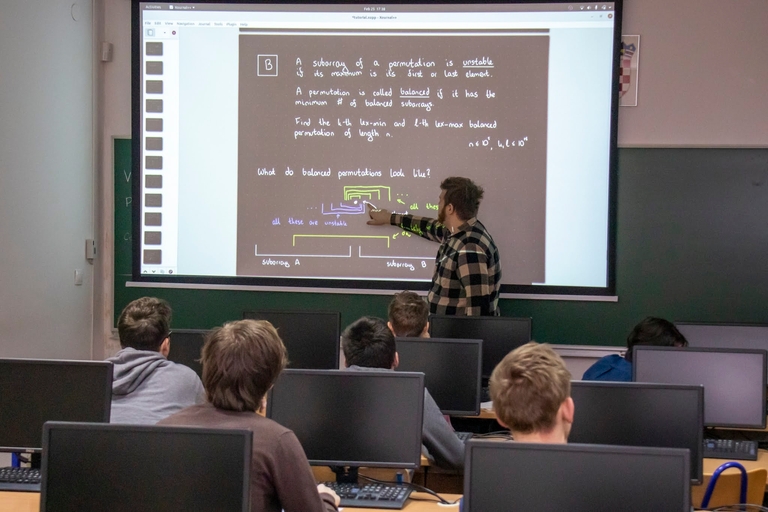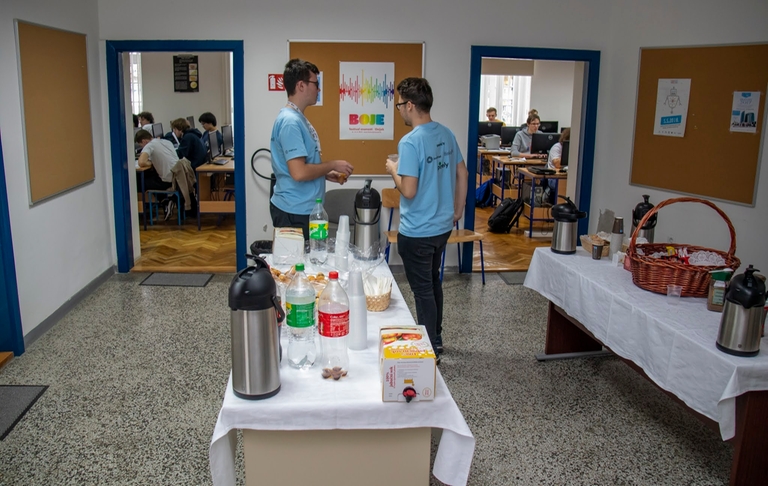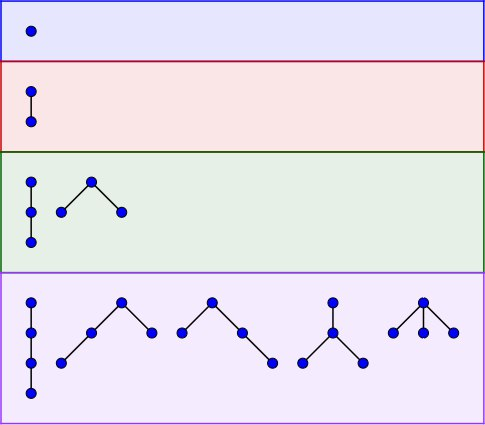Hi everyone!
There is an article on cp-algorithms about how to compute $$$n!$$$ modulo prime number $$$p$$$. Today I was wondering, how to do it if we need to compute modulo $$$p^k$$$ rather than just $$$p$$$. Turns out one can do it efficiently if $$$p$$$ is small.
Motivational example
Xiaoxu Guo Contest 3 — Binomial Coefficient. Given $$$1 \leq n,k \leq 10^{18}$$$, find $$$\binom{n}{k}$$$ modulo $$$2^{32}$$$.
There are also some projecteuler problems that require it, including with several queries of distinct $$$n$$$ and $$$k$$$.
Task formulation and outline of result
To clarify the task a bit, our ultimate goal here is to be able to compute e.g. binomial coefficients modulo $$$p^k$$$. Thus, what we really need is to represent $$$n! = p^t a$$$, where $$$\gcd(a, p)=1$$$, and then report $$$t$$$ and $$$a$$$ modulo $$$p^k$$$. This is sufficient to also compute $$$\binom{n}{r}$$$ modulo $$$p^k$$$.
We will show that, assuming that polynomial multiplication of size $$$n$$$ requires $$$O(n \log n)$$$ operations, and assuming that arithmetic operations modulo $$$p^k$$$ take $$$O(1)$$$, we can find $$$t$$$ and $$$a$$$ in $$$O(d^2 + dk\log k)$$$, where $$$d=\log_p n$$$. It requires $$$O(pk\log^2 k)$$$ pre-computation that takes $$$O(pk \log k)$$$ memory.


















